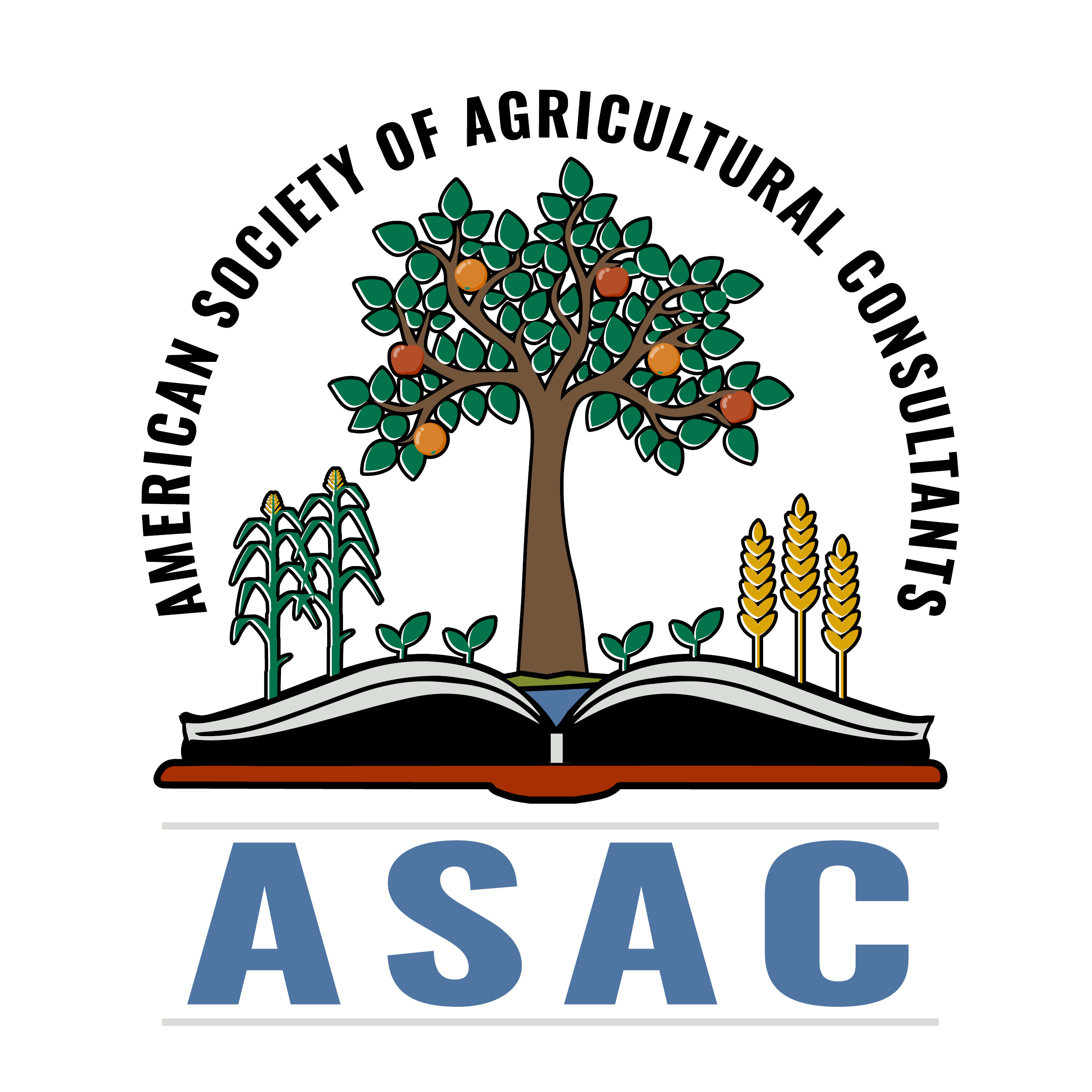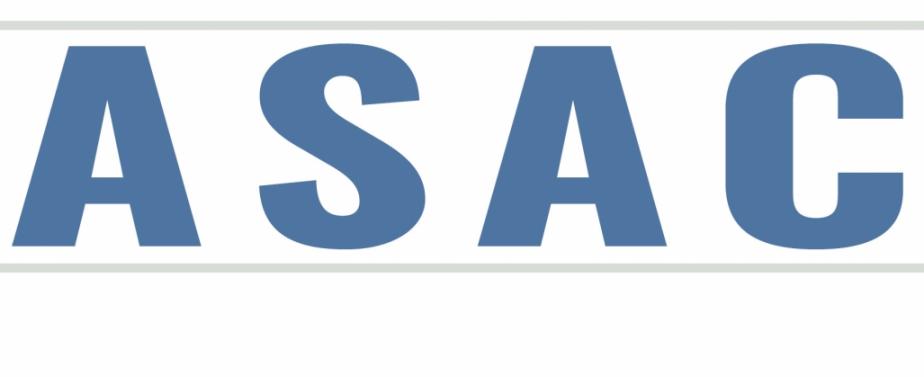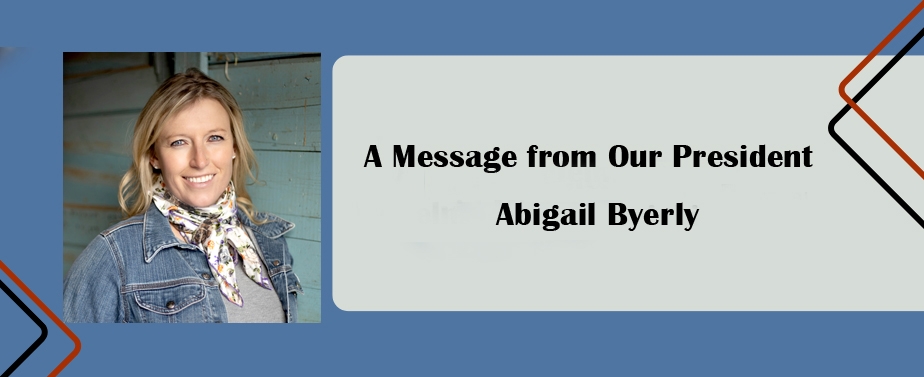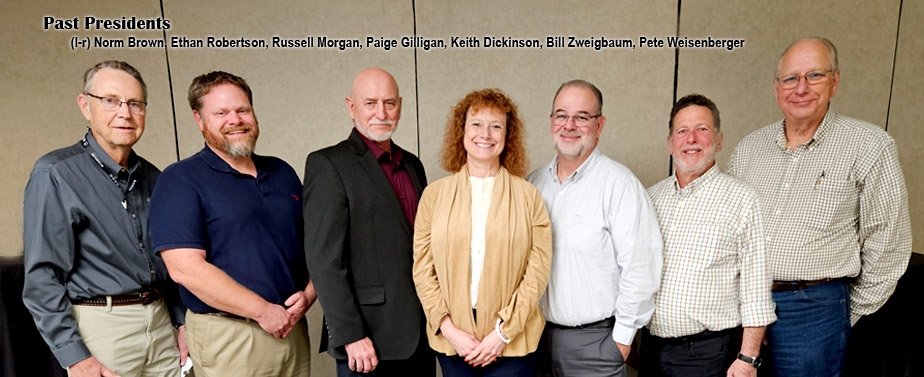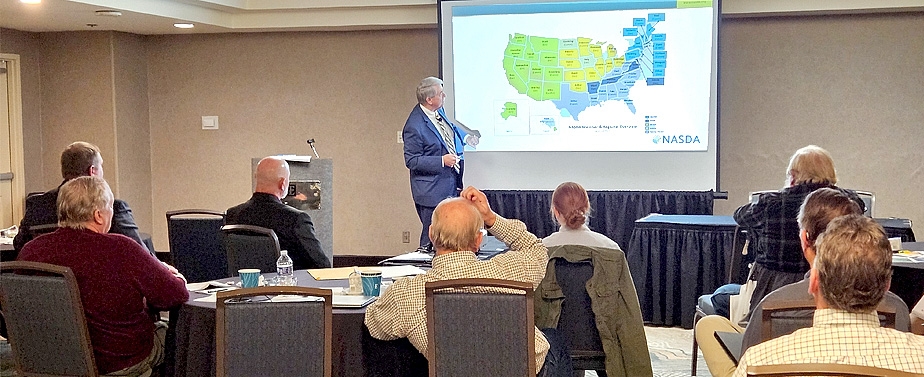Autopsies Without Blame
07/08/2021
In the book Good to Great, Jim Collins provides many examples of the actions that good companies take to become great companies, far exceeding their competition. One of the strategies that he emphasizes is the practice of doing “autopsies without blame.” He shares the example of Phillip Morris buying the Seven-Up Company, only to sell it 8 years later at a loss. It wasn’t that much of a loss considering their total assets, but it was “a highly visible black eye” as Collins described it.
What impressed Collins was the fact that the executives at Phillip Morris openly talked about how big of a mistake it was, and willingly talked about it—without ever blaming anyone for the loss. There was only one time that Joe Cullman, the person in charge of the purchase, pointed fingers—and that was at himself when looking in the mirror. Cullman is quick to point out the specific individuals who thought the acquisition was a bad idea, and stated often that he should have listened to them more closely.
Doing autopsies without blame goes a long way toward creating a workplace climate where the truth is heard. If you have the right people on the bus, you almost never need to assign blame but need only to search for understanding and learning. (1)
This is an appropriate lesson for consultants to teach our clients. When trying to determine the root cause of a problem, don’t focus on who was responsible. Keep your attention on working the problem down to its genesis, where it actually started, and then develop a plan for solving it and preventing the problem from happening again. This enables everyone involved to share what they know without fear that the information they divulge could be used against them in the future, and develops a company culture where all ideas, suggestions, solutions and admissions are welcomed without consequence.
Don Tyler
Tyler & Associates
These opinions and commentary are Don Tyler’s own. They are not necessarily those of ASAC or its members.
(1) Jim Collins, Good to Great, (New York: Harper Collins) 2001, pages 77-78
In the book Good to Great, Jim Collins provides many examples of the actions that good companies take to become great companies, far exceeding their competition. One of the strategies that he emphasizes is the practice of doing “autopsies without blame.” He shares the example of Phillip Morris buying the Seven-Up Company, only to sell it 8 years later at a loss. It wasn’t that much of a loss considering their total assets, but it was “a highly visible black eye” as Collins described it.
What impressed Collins was the fact that the executives at Phillip Morris openly talked about how big of a mistake it was, and willingly talked about it—without ever blaming anyone for the loss. There was only one time that Joe Cullman, the person in charge of the purchase, pointed fingers—and that was at himself when looking in the mirror. Cullman is quick to point out the specific individuals who thought the acquisition was a bad idea, and stated often that he should have listened to them more closely.
Doing autopsies without blame goes a long way toward creating a workplace climate where the truth is heard. If you have the right people on the bus, you almost never need to assign blame but need only to search for understanding and learning. (1)
This is an appropriate lesson for consultants to teach our clients. When trying to determine the root cause of a problem, don’t focus on who was responsible. Keep your attention on working the problem down to its genesis, where it actually started, and then develop a plan for solving it and preventing the problem from happening again. This enables everyone involved to share what they know without fear that the information they divulge could be used against them in the future, and develops a company culture where all ideas, suggestions, solutions and admissions are welcomed without consequence.
Don Tyler
Tyler & Associates
These opinions and commentary are Don Tyler’s own. They are not necessarily those of ASAC or its members.
(1) Jim Collins, Good to Great, (New York: Harper Collins) 2001, pages 77-78
Post a new comment
